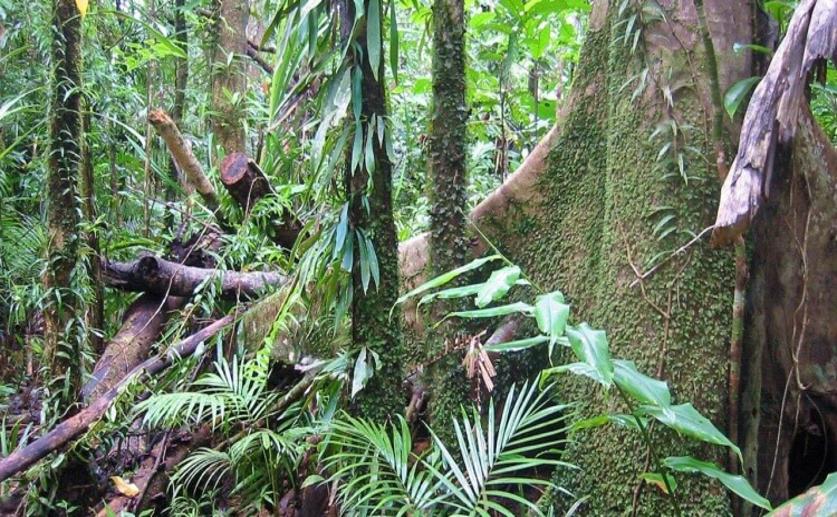
This archived news article is over 5 years old.
Researchers Find That Temperature Is the Biggest Predictor of Ecosystem Biodiversity
Stephanie Wolek
24th December, 2016


Stephanie Wolek
24th December, 2016
